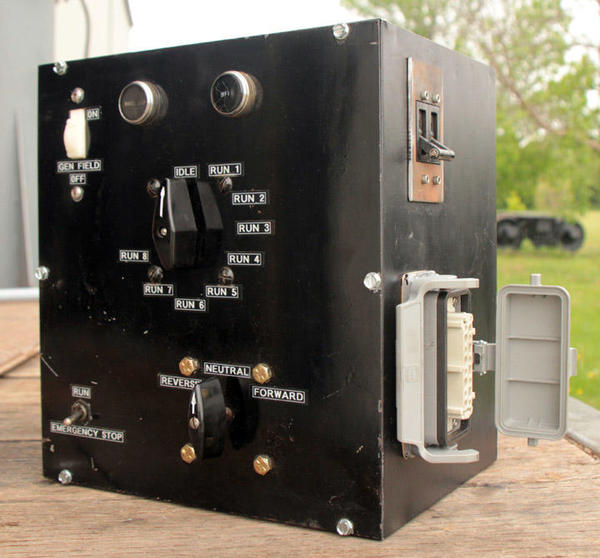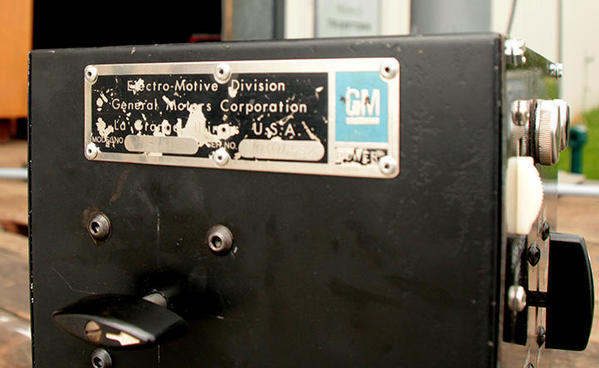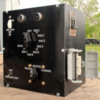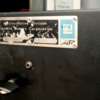All good points, Tom. Your comments about driver tire heating bring to mind something else about train braking that the layman usually doesn't understand. On a steam locomotive pulling a passenger train, the Engine Brakes are NEVER used to slow or stop a train.
One of the primary responsibilities of a passenger engineer is to give the folks a smooth ride. In order to do that, he has to be in control of the slack at all times. "Slack" is the slight amount of play found in each coupler knuckle. That play has to be there in order for the couplers to function properly when switching, coupling and uncoupling cars. Each coupler has several inches of slack. That may not seem like much, but since this slack is found in every coupler, a 20-car train has several feet of slack.
This slack in the couplers has to be controlled. That control is achieved by using a technique called "Stretch Braking." In simple terms, Stretch Braking is the technique of using the train brakes to slow the train while the engine is still working, pulling against the brakes. Using this technique keeps all the coupler slack stretched and allows the engineer to bring the train to a very precise, smooth stop. At some of our passenger stops on the CVSR, our spot has to be accurate to within 2 to 3 feet! Using stretch braking and throttle modulation, those accurate stops can be smoothly achieved.
The Engine Brake does not get applied until after the train has stopped.








